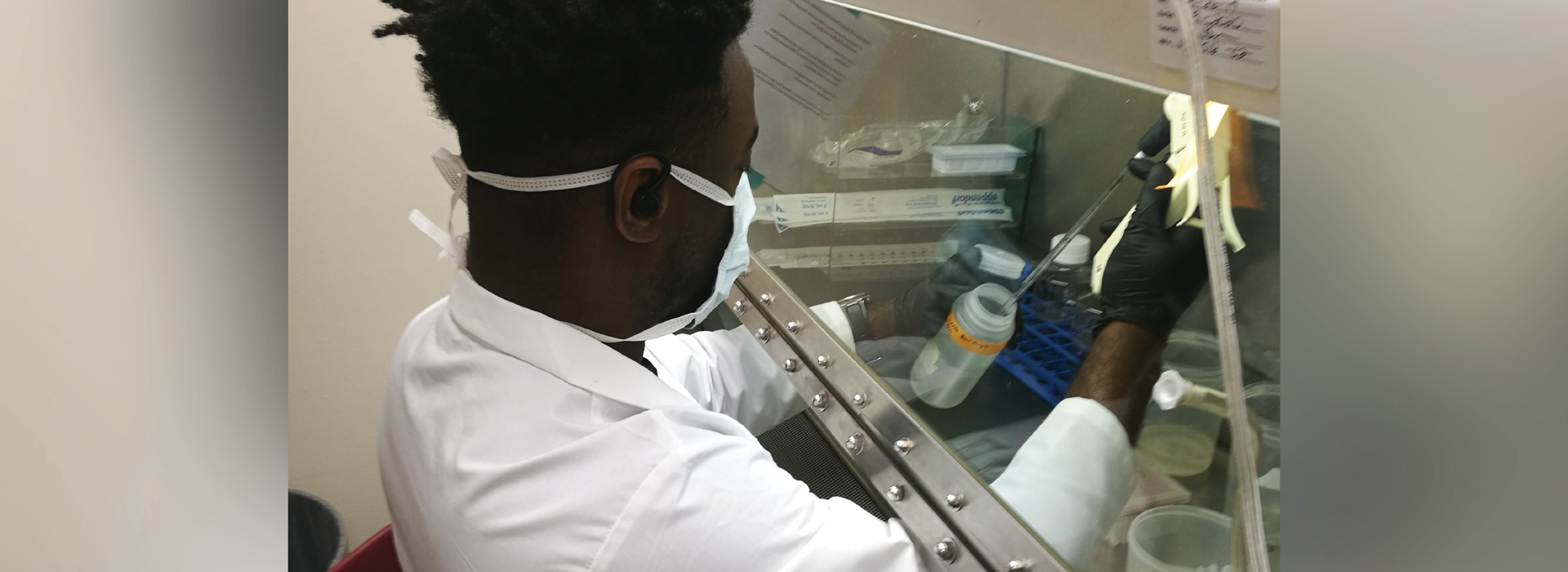
Third U-Developed Testing Strategy May Help Trace Spread of COVID-19
A new testing strategy, now the third led by researchers at the University of Minnesota Medical School, may soon complement state-funded testing measures to monitor COVID-19 prevalence across Minnesota.
Glenn Simmons Jr., PhD, an assistant professor in the Department of Biomedical Sciences at the Medical School’s Duluth campus, along with faculty colleague, Richard Melvin, PhD, lead the initiative to test samples from wastewater treatment facilities for COVID-19. This strategy may help state leaders and healthcare professionals trace the spread of COVID-19 and overcome limitations imposed by current population testing strategies.
“We know that there are a good number of infected people who are not actually symptomatic, so they may not qualify for diagnostic testing because they don’t present symptoms, but they are still infectious,” Dr. Simmons said. “We are looking at a way of getting a population-level understanding of how much infection exists within the community. And by doing that, we’ll then be able to monitor how well our state’s mitigation and treatment efforts are really working.”
After exploring past studies and literature about coronaviruses, particularly the strains causing the MERS and SARS outbreaks in the last 20 years, Dr. Simmons began recognizing similarities among the diseases, including symptoms of gastrointestinal (GI) distress.
“The idea is that COVID-19 is a member of a family of viruses called coronaviruses,” he said. “With SARS in particular, we know it has a GI manifestation. If it causes issues there, then that means it may actually be infecting cells in that part of the anatomy, and subsequently, anything that lives or colonizes that part of the body, it will be shed.”
To investigate the idea, Dr. Simmons formed an agreement with the Minnesota Environmental Science and Economic Review Board, a municipal joint powers organization that represents more than 50 wastewater treatment facilities across the state. He and Dr. Melvin will test wastewater entering treatment using a PCR (polymerase-chain reaction) process to detect COVID-19 genetic material, ultimately, gathering numerical data about the virus’ presence in various Minnesota communities—both metro and rural.
“If the number, when we started measuring, is 10, well that doesn’t mean anything to anybody. But if that number goes up to 100 or 1,000 the next time we test, then that indicates an increase in infection in that community,” Dr. Simmons said.
This data will be gathered through Fall 2020, with the goal of sharing any findings with the Minnesota Department of Health as well as with the scientific community worldwide. It’s data that Dr. Simmons says is also critical in supporting under-resourced areas of Minnesota, even eliminating some aspects of health disparities. He talks about how some people who may be symptomatic may not feel comfortable getting tested due to discrimination and bias or lack of trust or access to healthcare.
“This is a way that we can address some of those issues without having to wait for people to change how they think,” he said. “This way, we’re able to look at almost everybody, and it doesn’t matter whether they’ve been tested or not.”